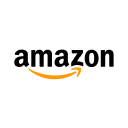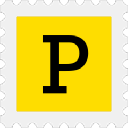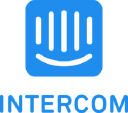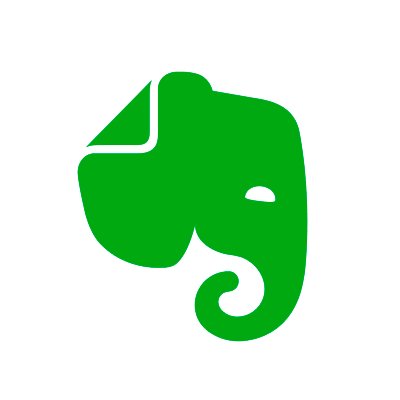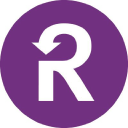How We Built Proposify And Grew To $7M ARR
Hello! Who are you and what business did you start?
I’m Kyle Racki, CEO and co-founder of Proposify. Proposify is an online business proposal SaaS (software as a service) company that streamlines the process of creating, sending, and closing proposals, quotes, contracts, and other sales documents. We do this by making the process of creating documents faster and more efficient, and by allowing sales teams to send out beautiful, professional sales documents and get them signed.
We currently serve over 8,000 customers, have 75 employees based in Halifax, Nova Scotia, Canada, and do over $7M in annual recurring revenue (and growing).

What's your backstory and how did you come up with the idea?
After high school, I studied graphic design in college and began working in agencies when I was 19 years old. That’s when I first noticed how...

Download the report and join our email newsletter packed with business ideas and money-making opportunities, backed by real-life case studies.

Download the report and join our email newsletter packed with business ideas and money-making opportunities, backed by real-life case studies.

Download the report and join our email newsletter packed with business ideas and money-making opportunities, backed by real-life case studies.

Download the report and join our email newsletter packed with business ideas and money-making opportunities, backed by real-life case studies.

Download the report and join our email newsletter packed with business ideas and money-making opportunities, backed by real-life case studies.

Download the report and join our email newsletter packed with business ideas and money-making opportunities, backed by real-life case studies.

Download the report and join our email newsletter packed with business ideas and money-making opportunities, backed by real-life case studies.

Download the report and join our email newsletter packed with business ideas and money-making opportunities, backed by real-life case studies.

